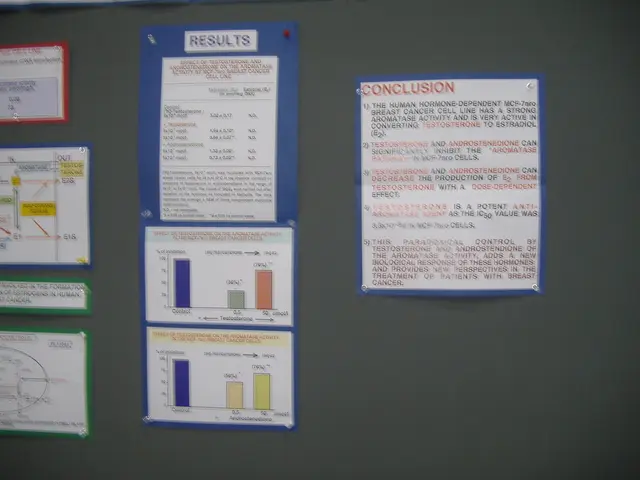Timber structure is crucial for constructing the 1.5 million homes as pledged by Labour.
The UK government is taking proactive steps to support sustainable offsite timber frame building technologies as a key pathway to net zero emissions in the construction sector. This shift is crucial, given that the built environment is responsible for 25% of the UK's greenhouse gas emissions.
One of the primary focuses is to clarify and align regulations and standards, addressing the regulatory confusion faced by timber frame manufacturers. By standardizing definitions, calculation methods, and compliance pathways, the government aims to reduce uncertainty and encourage adoption of timber frame technologies.
Addressing the shortage of skilled labour in timber frame construction is another significant barrier. Government-led training and apprenticeship programs focusing on sustainable timber construction techniques can build capacity and accelerate uptake.
Fire performance ranks as a key challenge, with demand for integrated fire-resistant components such as OSB sheathing panels. The government is supporting research, developing clear fire safety standards, and fostering innovation in fire-resistant timber materials to boost confidence and regulatory acceptance.
Incentivizing sustainable sourcing and offsite prefabrication is also a priority. The government can offer grants, tax incentives, or favourable planning policies to builders using certified timber and factory-controlled prefabrication, which reduces waste, carbon footprint, on-site disruption, and weather delays.
Embedding sustainability in education and public awareness is essential, given that only 24% of the UK population is familiar with sustainable construction. The government plans to integrate sustainability into education curricula and run public awareness campaigns highlighting the benefits of sustainable timber frame buildings.
Cross-sector collaboration and innovation are key to accelerating innovation in materials, design, and construction methods. The government is supporting research and development of sustainable timber technologies and associated supply chains, aligning with net zero goals.
The structural timber industry, with 120 members, has the capacity to double timber frame manufacturing output to achieve 100,000 homes per annum. Major housebuilders are recognising the benefits of building in offsite timber frame, with companies like Vistry, Taylor Wimpey, Barratt Developments, Cala Homes, and Avant Homes already embracing this approach.
The Structural Timber Association (STA) has called on the new government to prioritize more sustainable building technologies, specifically offsite timber frame. Andrew Carpenter, chief executive officer at the STA, has stated that structural timber offers lower carbon emissions, better quality, and shorter construction times compared to other building materials.
The new government, led by Chancellor Rachel Reeves, has outlined new plans to aid in delivering 1.5 million homes over the next five years. These plans include reinstating mandatory housing targets for Local Planning Authorities (LPAs) and opening a consultation on a new approach to planning before the end of the month.
A timber neighbourhood has already been given the go-ahead in the UK, and a timber roadmap has been launched to reduce emissions and boost UK construction. These policies put in place now will be a legacy for decades to come, as the UK strives to achieve its net zero emissions target. The structural timber industry stands ready to support the government in building 300,000 homes a year, contributing significantly to the UK's housing targets and reducing carbon emissions.
- The government is advocating for the integration of environmental-science and health-and-wellness principles into educational curricula, as only 24% of the UK population is familiar with sustainable construction.
- The UK government is actively encouraging businesses and financial institutions to invest in sustainable timber frame housing and technologies, offering incentives like grants and tax incentives.
- Fostering research and innovation in climate-change mitigation, the government is supporting the development of environmental-science solutions to improve fire safety standards for timber frame buildings.
- In the UK, initiatives like the timber neighbourhood and the timber roadmap highlight the urgency of addressing climate-change and promoting sustainable building technologies within the business and finance sectors.




